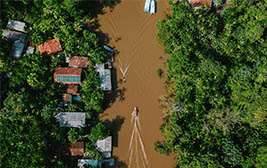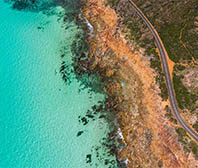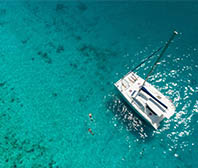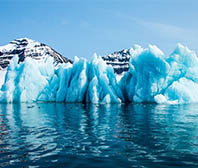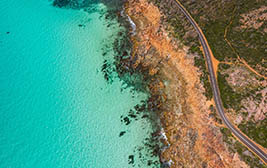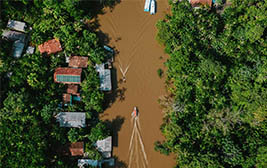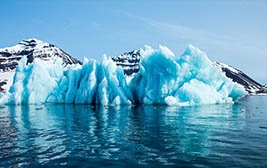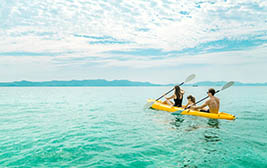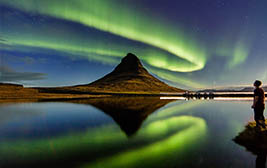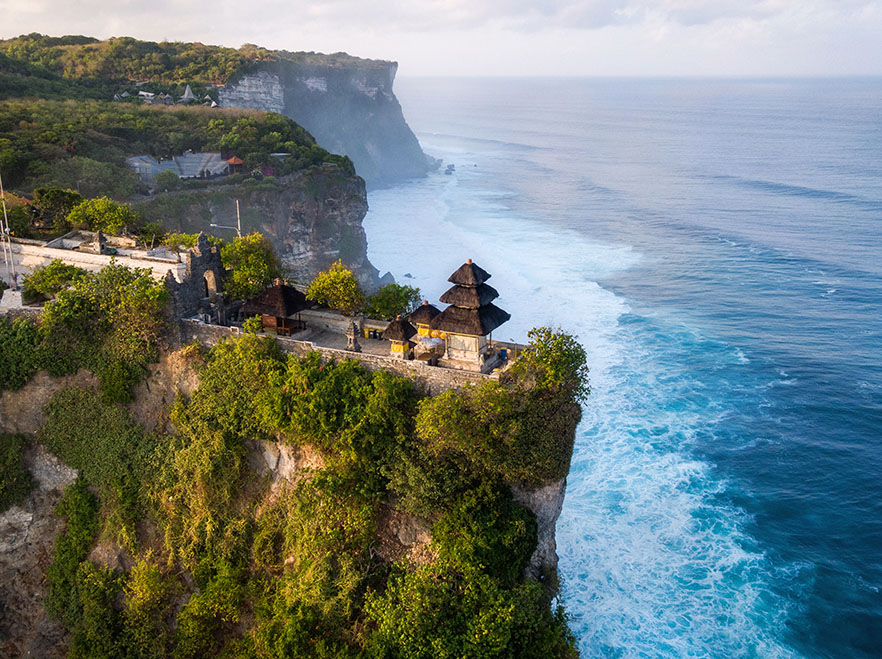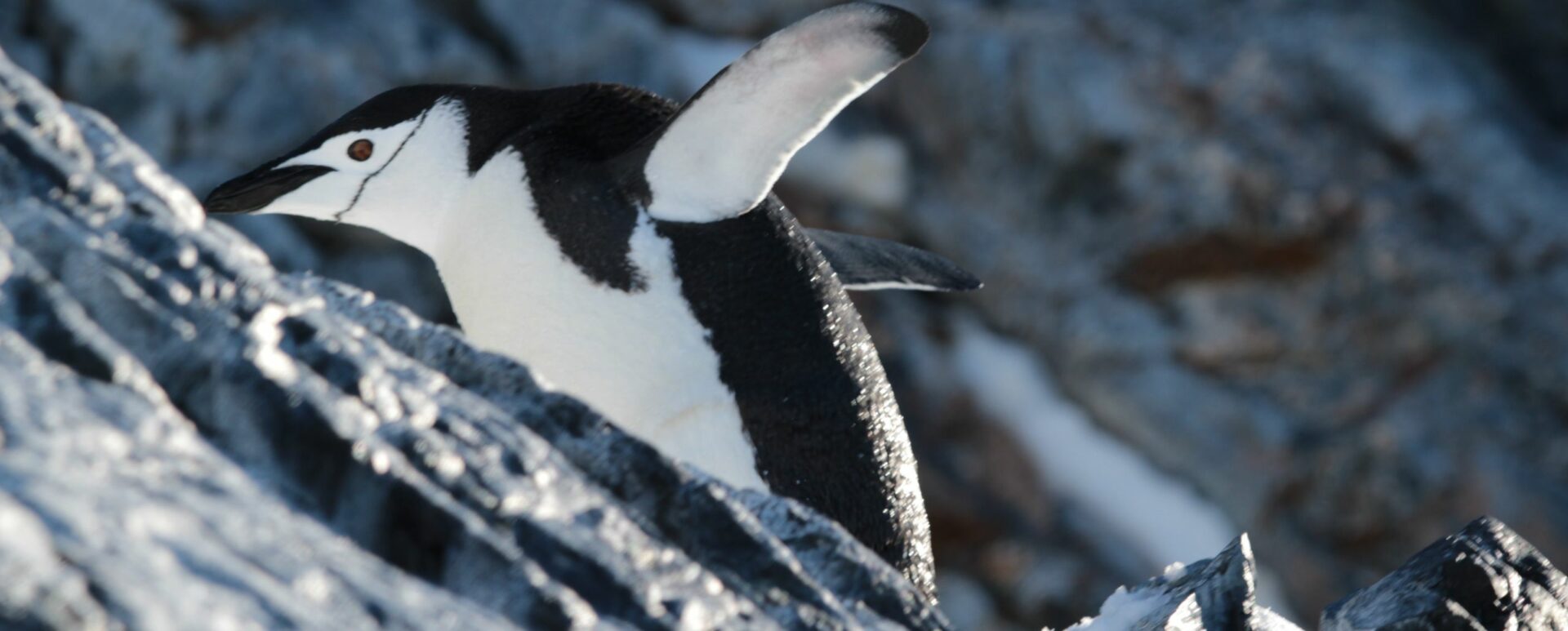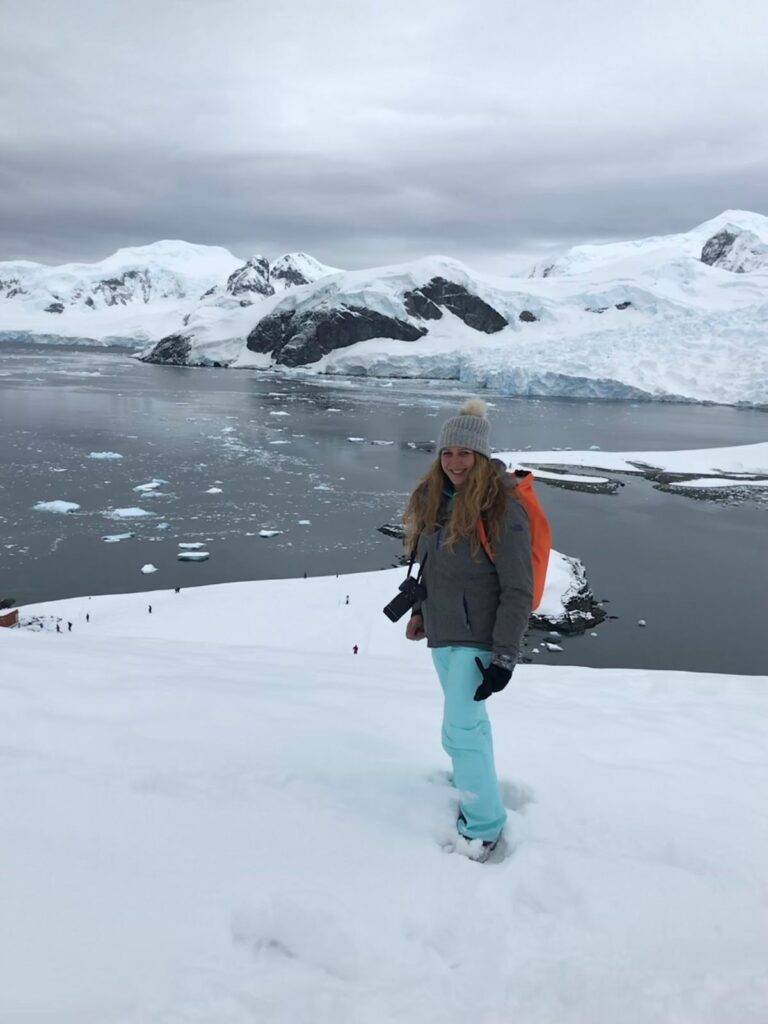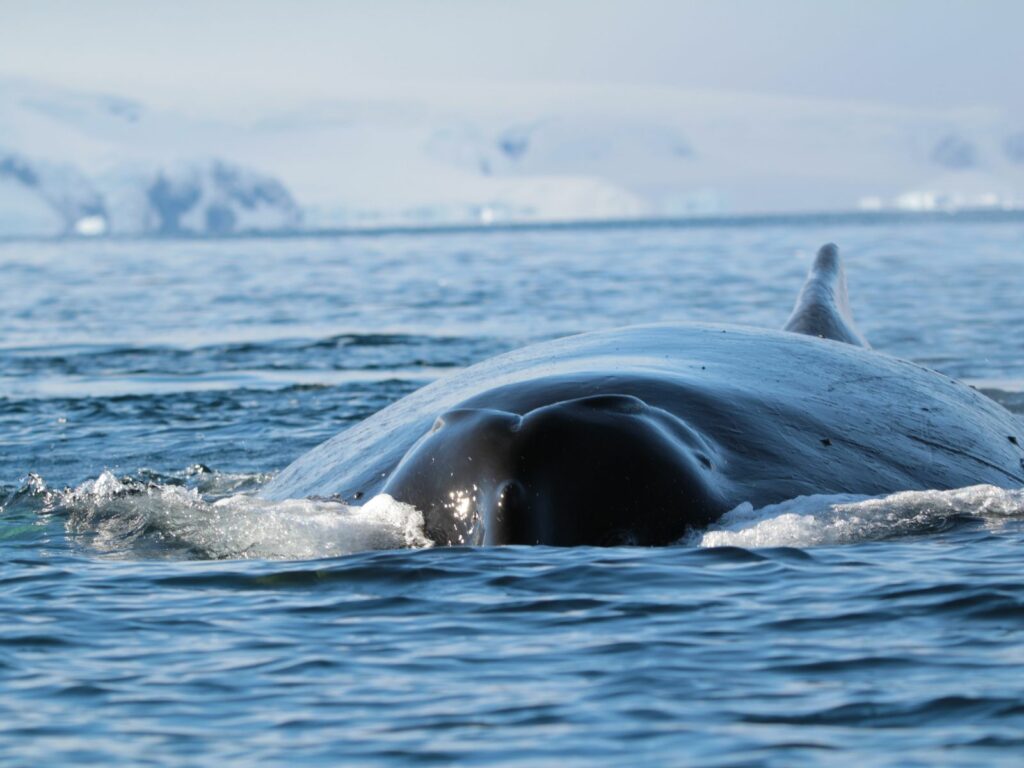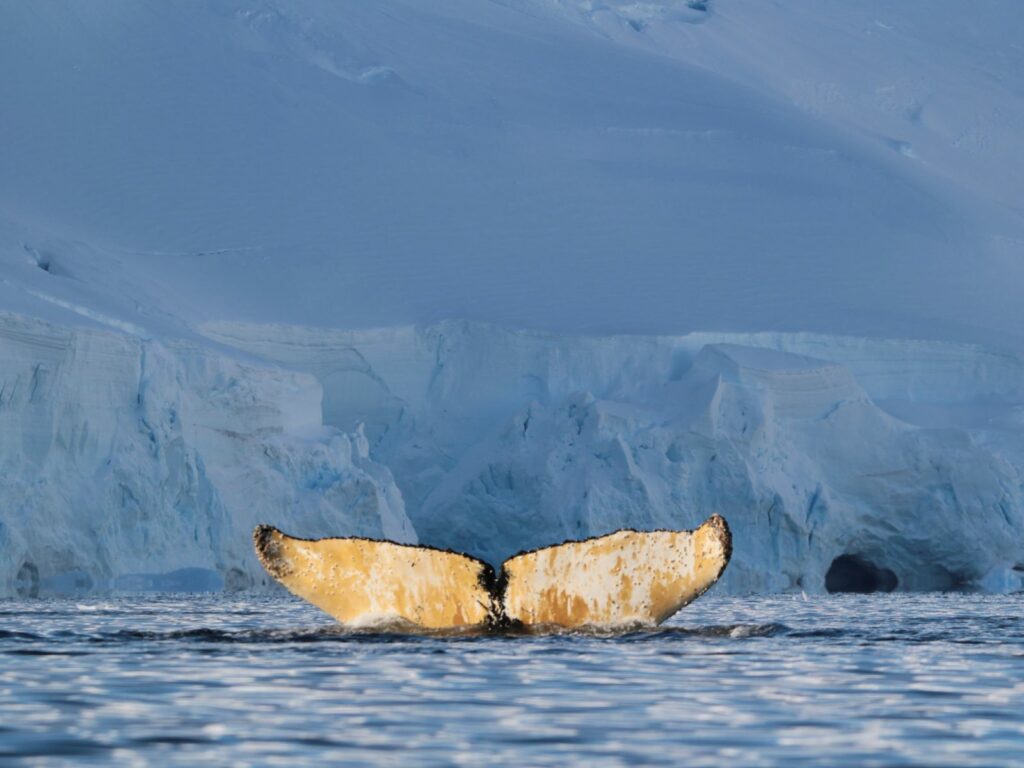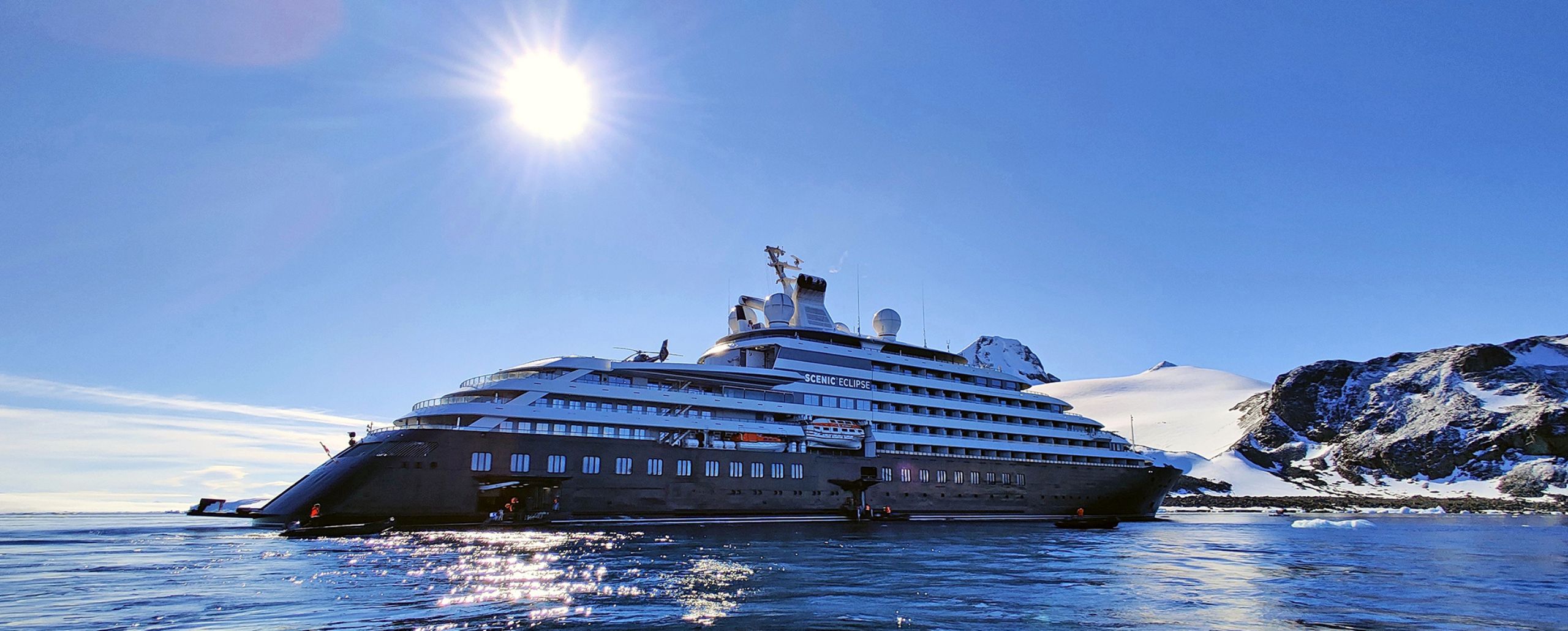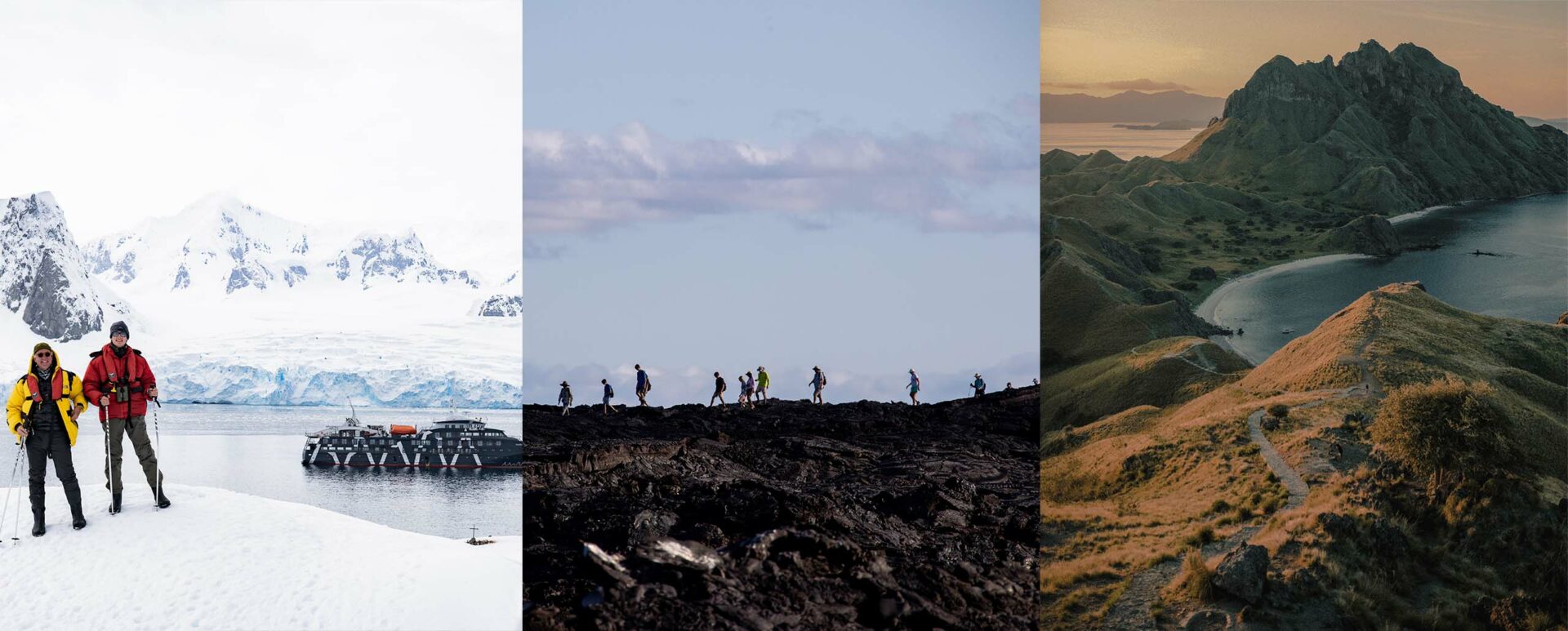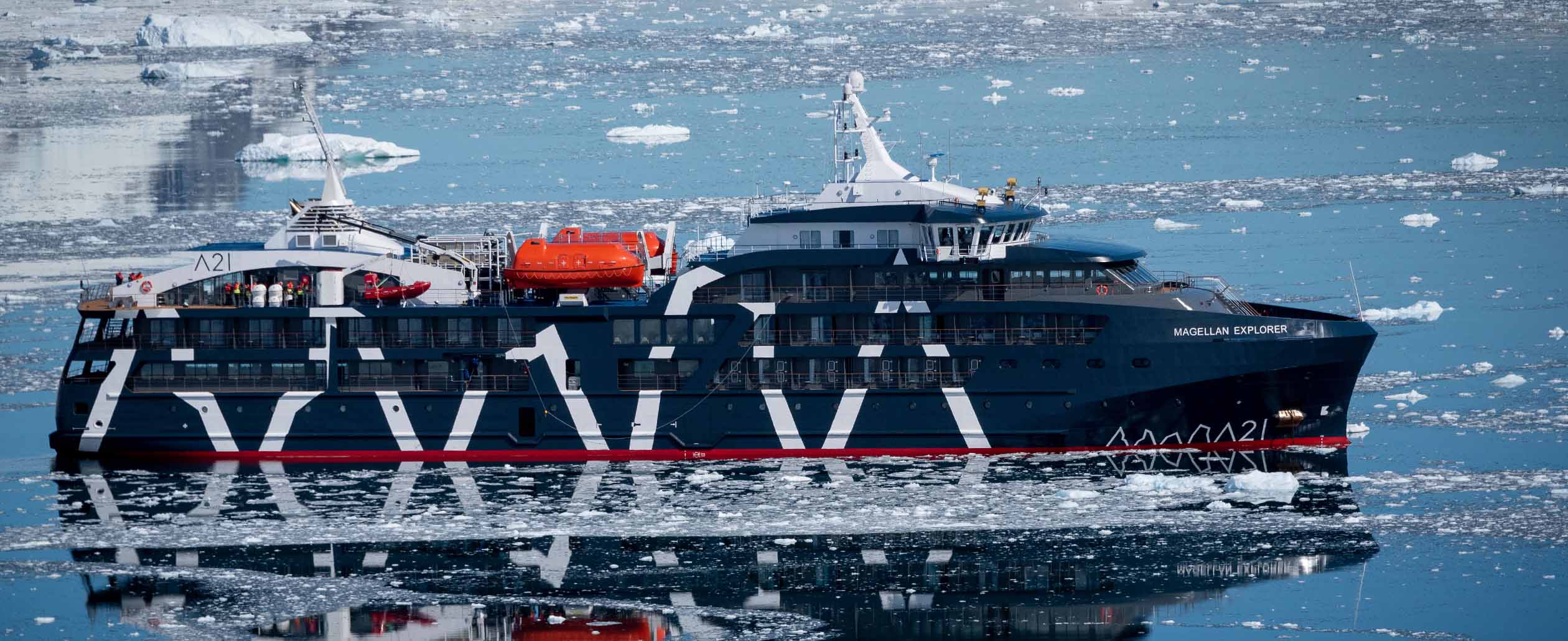Antarctica has many faces, says Caroline Maber, making it a beautiful destination throughout the tourism season
The only time it is possible to visit Antarctica is during the summer, which falls between November and March. Why? At this time of year, the weather warms up, which results in less sea ice, allowing ships to pass through the freezing waters.
Visiting Antarctica in March
My first visit to Antarctica was in March several years back – the very last departure of the season, but wow! What a trip. Having seen many photos from friends and colleagues, I had some idea of what to expect, but nothing had prepared me for the beauty and remoteness of the White Continent.
As is typical of March, we had a real mix of weather: beautiful, sunny days with perfect reflections, a snowy day where we could not leave the ship (we relaxed with the lectures onboard and built a snowman instead), some storms and a few exceptionally smooth days.


